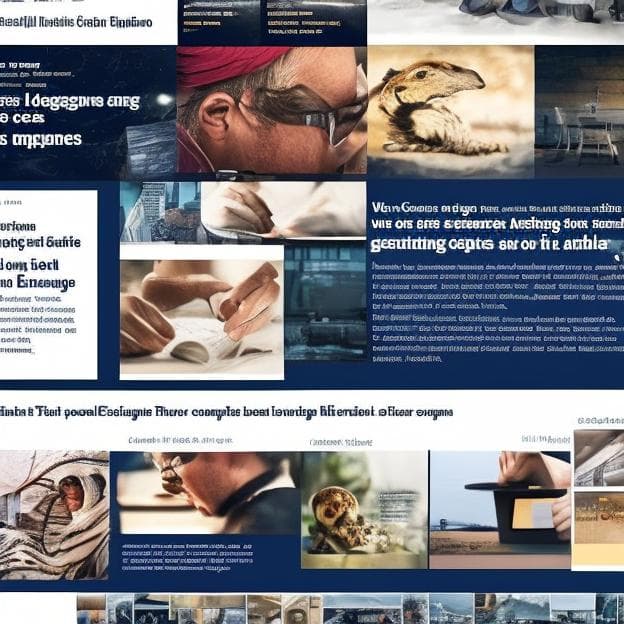Catalog Design Creating Engaging Visual Experiences
Engaging visual experiences in catalog design captivate customers, enhance brand perception, and drive sales.

Research topics
In the realm of marketing, catalogs serve as powerful tools to showcase products and captivate customers. However, creating a compelling catalog that effectively communicates a brand's message and resonates with its target audience requires a strategic approach. This article delves into the art of catalog design, exploring the key elements and techniques that transform ordinary catalogs into engaging visual experiences.
Catalog Design: Creating Engaging Visual Experiences
Color and Layout: Enhancing Visual Appeal
Color plays a vital role in catalog design, as it can evoke emotions, create ambiance, and influence consumer behavior. Choosing a color palette that aligns with the brand's identity and resonates with the target audience is essential. Color can be used to create contrast, draw attention to specific elements, and establish a cohesive visual theme throughout the catalog. Moreover, the layout and organization of the catalog should be carefully planned to ensure easy navigation and a visually pleasing flow of information.Effective catalog design extends beyond aesthetics; it also involves understanding the psychology of visual perception and consumer behavior. By employing design principles such as Gestalt psychology, which explores how individuals perceive and organize visual elements, businesses can create catalogs that are not only visually appealing but also effective in conveying their message and driving desired actions. Additionally, incorporating elements of storytelling and emotional appeal can help create a deeper connection with the audience and enhance the overall impact of the catalog.
Interactive Elements and Personalization
In the digital age, catalogs have evolved beyond traditional print formats to embrace interactive elements and personalization. Incorporating interactive features such as clickable images, videos, and augmented reality can enhance the user experience and provide customers with a more immersive and engaging way to explore products or services. Furthermore, leveraging customer data to personalize the catalog's content and recommendations can create a sense of exclusivity and relevance, fostering a stronger connection with the brand.In conclusion, catalog design is an art form that combines creativity, psychology, and strategic planning to create visually engaging experiences that captivate the attention of potential customers. By mastering the art of catalog design, businesses can effectively showcase their offerings, build brand awareness, and drive conversions, ultimately achieving their marketing and sales objectives.
Conclusion
In conclusion, creating an engaging catalog design is crucial for businesses seeking to captivate their audience and drive sales. By incorporating visually appealing elements, such as high-quality images, creative layouts, and compelling typography, businesses can effectively showcase their products and services, leaving a lasting impression on potential customers. Additionally, utilizing storytelling techniques and incorporating interactive features can further enhance the overall catalog design, providing an immersive and memorable experience for readers.
Posts Relacionados

12 Tips For Getting Started With Marketing Automation
Marketing automation streamlines tasks and personalizes customer interactions, boosting efficiency and engagement.

4 Popular Crm Software For Nonprofits Guide
This guide showcases four popular CRM software options ideal for nonprofits, streamlining operations and maximizing impact.

40 Best Crm Software For Nonprofits In 2023
Nonprofits can leverage CRM software to streamline operations and boost impact. Discover the top 40 options for 2023.